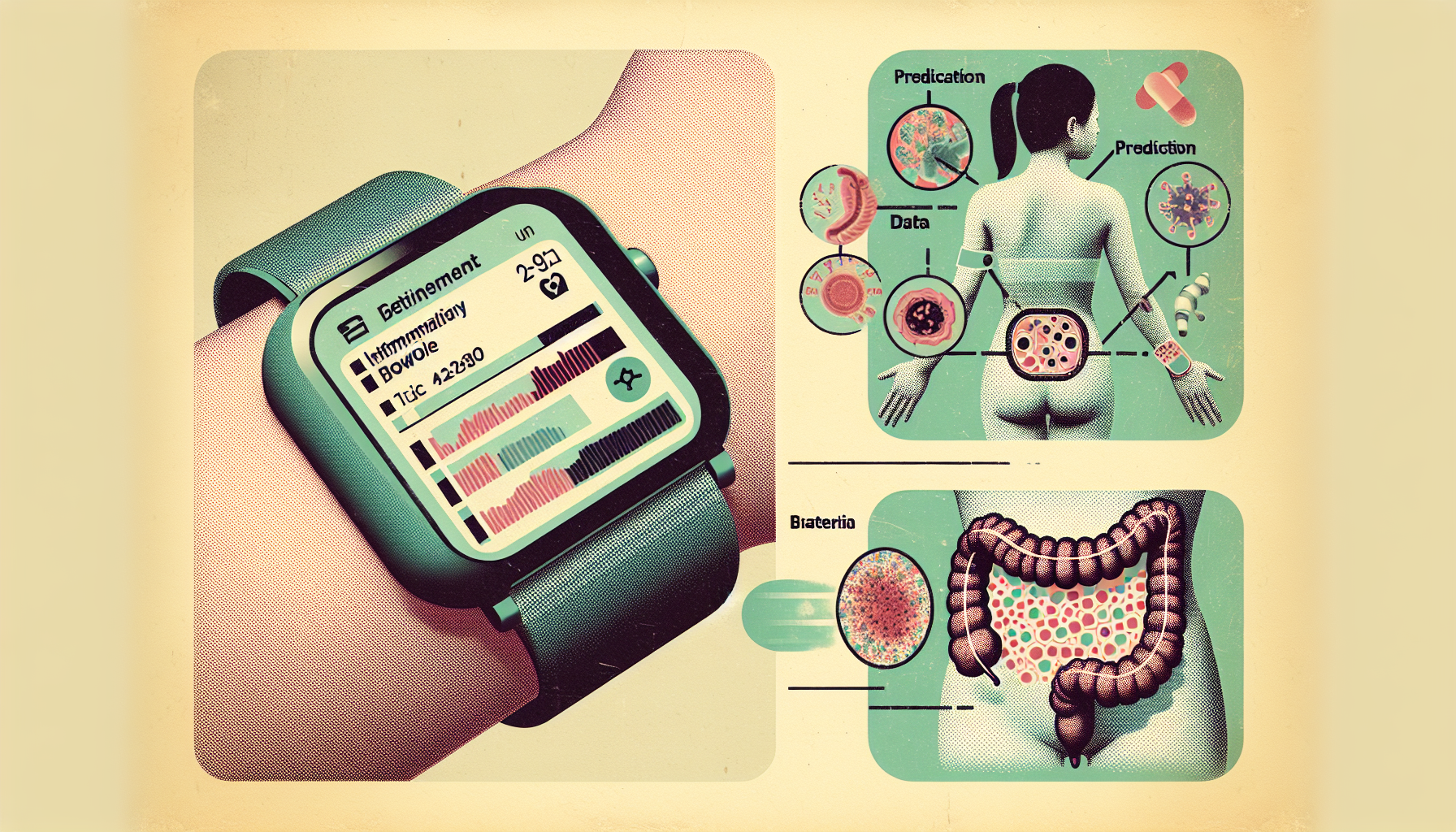In a remarkable stride forward in healthcare, wearable devices are revolutionizing the way we manage inflammatory bowel disease (IBD). This breakthrough allows for the prediction of flare-ups up to seven weeks before symptoms become apparent, offering hope for new ways to combat this chronic condition.
The Study
A groundbreaking study published in the journal *Gastroenterology* on January 16, 2025, underscores this innovation. Conducted by researchers at Mount Sinai, the study drew on the experiences of over 300 participants from 36 states, each diagnosed with ulcerative colitis or Crohn’s disease—two predominant forms of IBD. Equipped with devices like Apple Watches, Fitbits, and Oura Rings, participants not only tracked their physiological data but also contributed daily symptom updates and provided blood and stool samples to give the researchers a comprehensive view of inflammation behaviors.
Key Findings
The study unearthed critical insights, primarily focusing on how these devices can effectively monitor IBD:
- Physiological Metrics: It was discovered that metrics such as heart rate variability, resting heart rate, daily activity, and oxygenation levels exhibited significant changes in the presence of inflammation. These changes could be detected up to seven weeks before a flare-up, offering a promising window for intervention.
- Early Detection: Wearable devices could identify inflammation even without external symptoms, effectively assessing whether symptoms were triggered by active intestinal inflammation. This ability for early detection opens the door to timely interventions that could dramatically alter disease outcomes.
- Remote Monitoring: Unlike traditional methods that necessitate trips to the doctor’s office or invasive tests, wearable technology enables ongoing, remote monitoring. This continuous observation outside of clinical settings is not only convenient but could significantly enhance patient quality of life by reducing the need for frequent invasive procedures.
Implications and Future Directions
The implications of these findings are profound:
- Improved Disease Management: With advance notice of potential flare-ups, patients and healthcare providers can take decisive action. Adjustments in medication, lifestyle changes, and other proactive measures can mitigate the severity of the impending flare-up, tailoring care to individual needs.
- Expansion to Other Diseases: The potential applications of this technology extend beyond IBD. Researchers are investigating its use with other chronic inflammatory diseases such as rheumatoid arthritis. The fusion of artificial intelligence with wearable data could lead to personalized care algorithms that redefine disease management.
- Limitations and Future Research: While the study holds tremendous promise, it also acknowledges its limitations. Factors such as external influences on physiological data are under scrutiny as future research aims to validate these findings and hone both accuracy and reliability of the monitoring systems.
Additional Innovations
Beyond Mount Sinai’s study, other innovations are on the horizon. At the University of Texas at Dallas, researchers are working on a sensor that tracks sweat for inflammatory biomarkers like interleukin-1β and C-reactive protein (CRP). Still experimental, this device symbolizes another potential tool in early detection and intervention strategies.
Conclusion
The fusion of wearable technology with IBD management heralds a new era in patient care. The ability to predict and detect flare-ups early offers a non-invasive, continuous monitoring solution, poised to enhance patient quality of life and fundamentally shift how chronic inflammatory diseases are managed. As advancements continue, the prospects for transforming disease monitoring and treatment with these technologies are both vast and exciting.

Leave a Reply